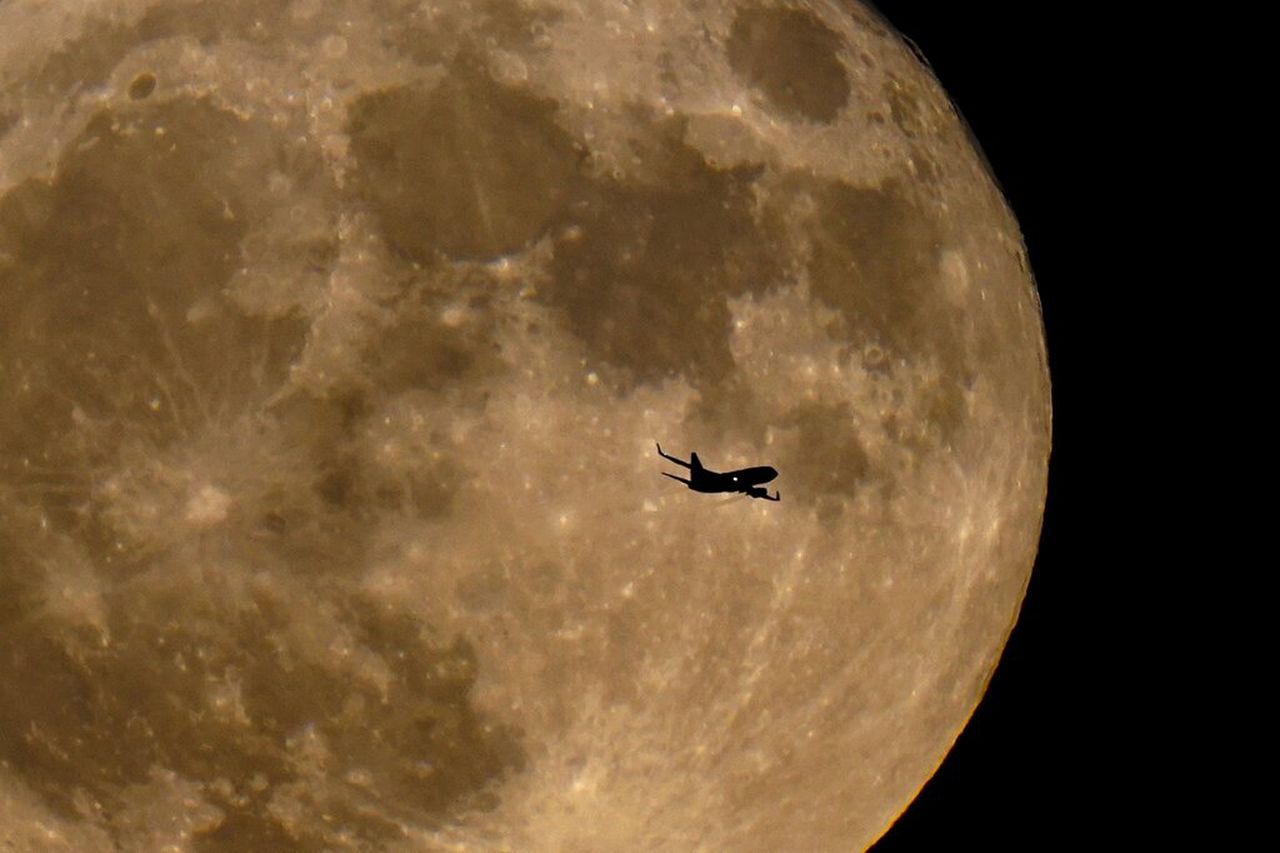Julyâs full Buck Moon is first of 4 supermoons of 2023: When can you see the full moon?
Fireworks won’t be the only thing lighting up the night sky in the coming days.
July’s full moon – called the Buck Moon- will rise on Monday, July 3, reaching peak illumination at 7:39 a.m. ET (6:39 am. CT). Weather permitting, you will be able to see the bright full moon that evening and it will appear full for the first part of the week.
The Buck Moon will be a “supermoon,” a term applied to a new or full moon that occurs when it is within 90% of perigee, or its closest approach to Earth. To viewers, supermoons appear to be the biggest and brightest full moons of the year. According to NASA, July’s full moon is widely recognized as the first of four supermoons of the year, followed by two in August (1st and 30th) and another in September (29th).
On average, supermoons appear about 7% bigger and about 15% brighter than a typical full moon.
According to the Farmer’s Almanac, the Buck Moon gets its name from Algonquin tribes of the northeast who gave it the name to reflect the time of year when the new antlers of buck deer made their first appearance. It is also called a Thunder Moon due to the early summer’s frequent thunderstorms.
Other names include the Hay Moon, Mead Moon, Rose Moon, Guru Moon, or Asalha Puja.
Here are the remaining full moons of the year, according to the Farmer’s Almanac:
● Aug. 1 – Sturgeon moon
● Aug. 30 – Blue moon
● Sept. 29 – Harvest moon
● Oct. 28 – Hunter’s moon
● Nov. 27 – Beaver moon
● Dec. 26 – Cold moon
